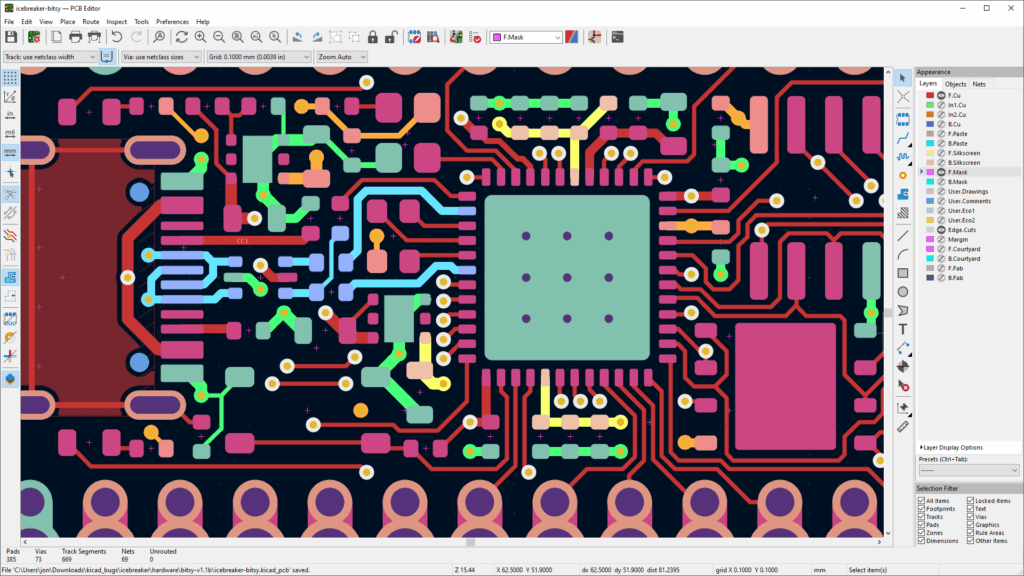KiCad for education is a powerful tool that can significantly enhance the quality of engineering education. As an open-source EDA tool, KiCad provides students with the opportunity to learn and practice circuit design using industry-standard software. This not only prepares them for their future careers but also instills a sense of confidence and competence in their abilities.
One of the key advantages of using KiCad in educational settings is its versatility. The software supports a wide range of design tasks, from creating simple circuits to complex multi-layer PCBs. This makes it an ideal tool for students at various levels of their engineering education. Additionally, KiCad’s user-friendly interface and extensive documentation make it easy for students to get started and quickly become proficient in using the software.
Incorporating KiCad for education into the curriculum also promotes collaboration and teamwork among students. Many engineering projects require a team effort, and KiCad’s features support collaborative design and version control. This allows students to work together on projects, share their designs, and provide feedback to one another. Such collaborative experiences are invaluable for developing the soft skills needed in the engineering profession.
Furthermore, KiCad’s compatibility with other engineering design software and tools for electronics labs makes it a versatile addition to any educational program. By using KiCad, students can seamlessly integrate their designs with other tools and platforms, enhancing their overall learning experience. This interoperability is crucial for preparing students to work in diverse engineering environments, where they will need to use a variety of tools to create professional schematics and layouts.

